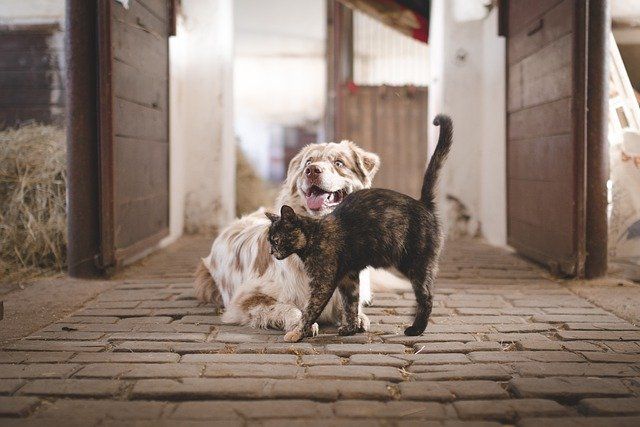Dogs and other animals, human companions here and in the afterlife
Pre-Hispanic burials evidence the close relationship of companionship. Western influence gave the night a sense of fear, of evil spirits, added on the occasion of the Day of the Dead. Nocturnal butterflies were considered evil beings.





